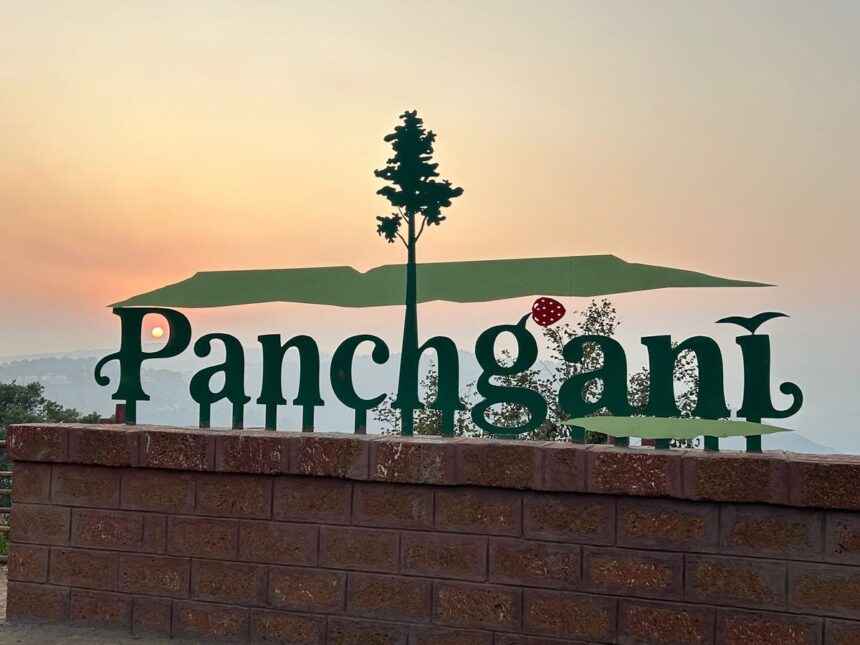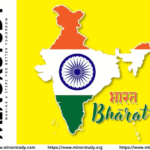Incredible Facts About Panchgani That Will Inspire You
Nestled in the Western Ghats of Maharashtra, Panchgani is a picturesque hill station known for its lush greenery, pleasant climate, and panoramic views. Famous for its strawberry farms, colonial-era architecture, and natural landscapes, Panchgani attracts travelers seeking tranquility, adventure, and cultural immersion. Beyond its scenic beauty, Panchgani carries a rich history, unique cultural significance, and daily life impacts for both locals and tourists.
In this article, we explore Panchgani’s history, essential facts, timeline, significance, FAQs, societal impact, observances, and inspirational insights, presented in a human-friendly style.
History of Panchgani
The history of Panchgani is closely tied to British colonial influence and the natural landscape of the Western Ghats:
Founding Era: Panchgani developed as a summer retreat during the British colonial period. The British appreciated its cool climate and scenic valleys, establishing it as a hill station for relaxation.
Etymology: The name “Panchgani” comes from the five hills surrounding the valley—Table Land, Sydney Point, Kamalgad, Dhom Dam hills, and Malhari hill.
Colonial Heritage: British colonial buildings, bungalows, and educational institutions still dot the town, reflecting its historical roots.
Educational Significance: Panchgani became a center for reputed boarding schools, attracting students from across India and abroad.
Tourism Development: Over the decades, Panchgani evolved into a tourist hub, balancing ecological beauty with recreational activities.
Key Facts About Panchgani
Table Land: The second-longest volcanic plateau in Asia, Table Land offers breathtaking views, trekking trails, and horse riding opportunities.
Strawberry Farms: Panchgani is famous for strawberry cultivation, with farms offering fresh produce and agro-tourism experiences.
Colonial Architecture: Elegant bungalows, churches, and schools from the British era reflect the town’s historical charm.
Pleasant Climate: Cool temperatures year-round make it a favorite destination during summers.
Adventure Activities: Trekking, paragliding, and nature walks are popular among adventure enthusiasts.
Cultural Festivals: Local fairs, school festivals, and seasonal celebrations highlight regional culture.
Educational Hub: Prestigious boarding schools like St. Peter’s and Mahabaleshwar Public School contribute to the town’s reputation as a center of learning.
Timeline of Panchgani
British Era (19th Century): Development as a summer retreat for British officers and families.
Early 20th Century: Establishment of colonial bungalows, churches, and schools.
Post-Independence: Growth of educational institutions and local agriculture, particularly strawberry farming.
Late 20th Century: Rise in tourism, trekking trails, and eco-tourism initiatives.
21st Century: Panchgani balances tourism, education, and cultural preservation while promoting sustainable travel.
Significance of Panchgani
Tourism Significance: Panchgani attracts nature lovers, students, and travelers, boosting the local economy.
Cultural Importance: Boarding schools, local festivals, and markets preserve regional traditions.
Ecological Significance: Hill station and plateau ecosystems contribute to biodiversity conservation.
Educational Influence: Prestigious schools and institutions provide quality education, shaping young minds.
Economic Impact: Tourism, agriculture, and hospitality sectors generate employment and promote entrepreneurship.
Daily Life Impacts
Employment Opportunities: Tourism, hospitality, agriculture, and education sectors provide significant livelihoods.
Urban Development: Improved infrastructure, healthcare, and connectivity enhance the quality of life.
Community Engagement: Festivals, fairs, and school events promote social cohesion and interaction.
Environmental Awareness: Conservation of Table Land, water resources, and green spaces impacts daily routines.
Cultural Preservation: Locals participate in activities preserving historical and cultural narratives.
Observance and Important Points
Respect Natural Landscapes: Avoid littering and follow local guidelines in hills, lakes, and forests.
Cultural Etiquette: Dress modestly in schools, temples, and traditional areas.
Support Local Economy: Buy local strawberries, handicrafts, and souvenirs to benefit farmers and artisans.
Eco-Friendly Tourism: Use sustainable transport, minimize waste, and respect wildlife habitats.
Participate in Festivals: Engage in local events and school festivals to experience the community spirit.
FAQs About Panchgani
Q1: What is the best time to visit Panchgani?
A: October to June is ideal, with pleasant weather for sightseeing, trekking, and strawberry picking.
Q2: How do I reach Panchgani?
A: Panchgani is well-connected via road from Pune (approx. 100 km) and Mumbai (approx. 250 km). Nearby railway stations and bus services make it accessible.
Q3: What are must-visit attractions?
A: Table Land, Sydney Point, Parsi Point, Mapro Garden, strawberry farms, and colonial-era schools and churches.
Q4: Is Panchgani suitable for families?
A: Yes, it offers safe trekking trails, open spaces, family-friendly cafes, and educational tourism experiences.
Q5: How many days are recommended for exploring Panchgani?
A: A 2–3 day trip allows visitors to explore hills, farms, viewpoints, and cultural experiences comfortably.
Social and Cultural Significance
Heritage Preservation: Colonial architecture, educational institutions, and natural landscapes are maintained for future generations.
Community Engagement: Locals, students, and tourists participate in cultural and environmental initiatives.
Environmental Awareness: Eco-tourism programs educate visitors and residents on conservation practices.
Cultural Exchange: Interaction between students, locals, and tourists fosters understanding and appreciation of diverse cultures.
Education and Learning: Schools, workshops, and agro-tourism provide knowledge about history, culture, and sustainable living.
Wishing and Inspirational Perspective
Panchgani inspires visitors and residents alike:
Peace and Reflection: Serene valleys and hilltop views encourage mindfulness and relaxation.
Creativity and Exploration: Nature, colonial architecture, and local culture inspire artists, writers, and photographers.
Healthy Lifestyle: Opportunities for trekking, fresh produce, and outdoor activities promote physical and mental wellness.
Community Connection: Participation in local festivals and events fosters social harmony and empathy.
Environmental Respect: Observing eco-friendly practices teaches responsibility and care for nature.
Conclusion: Importance in Daily Life and Society
Panchgani is more than a scenic hill station; it is a living blend of nature, culture, education, and heritage. Its influence on daily life includes employment, education, tourism-driven income, and environmental consciousness. Socially, it fosters community engagement, cultural preservation, and intercultural understanding.
The 7 incredible facts about Panchgani highlight why this hill station continues to inspire travelers from across the world. From lush valleys and Table Land to colonial charm, strawberry farms, and vibrant festivals, Panchgani embodies harmony between nature, culture, and human experience. By respecting Panchgani’s heritage, visitors contribute to sustainable tourism, societal growth, and meaningful cultural exchange.








